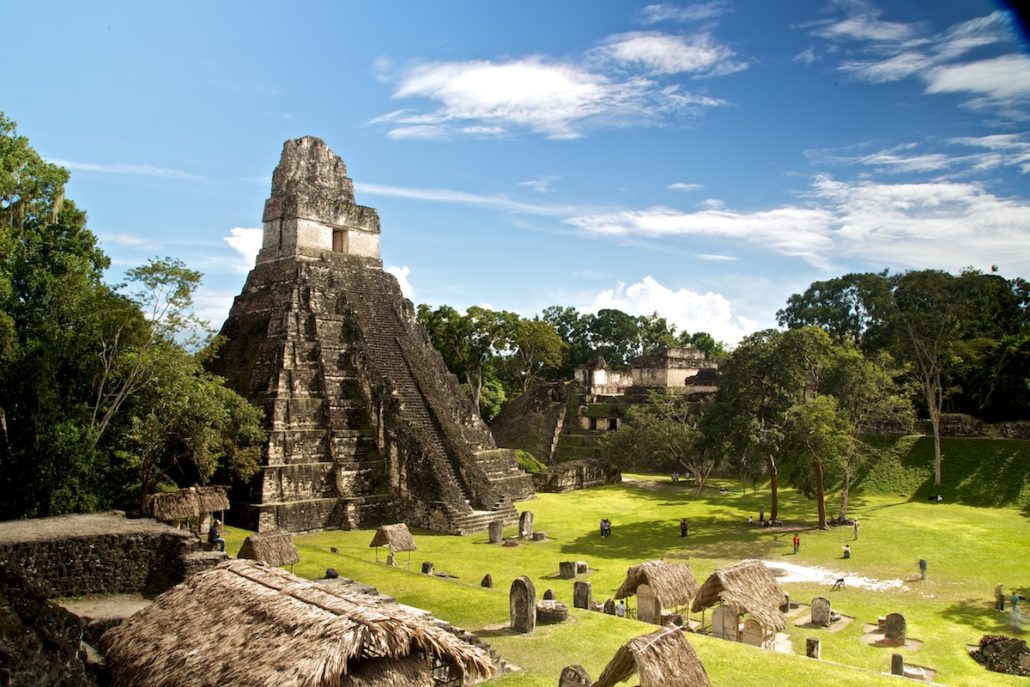
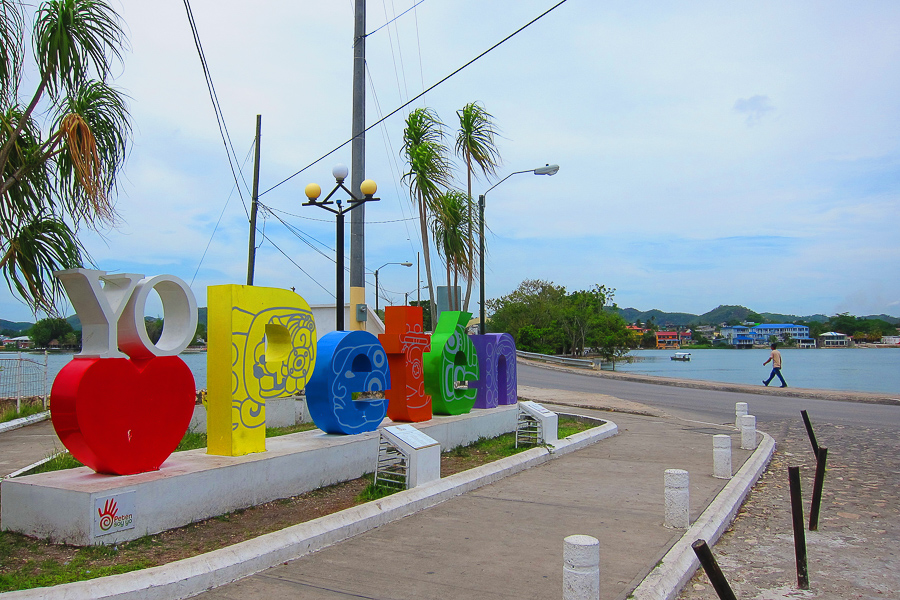
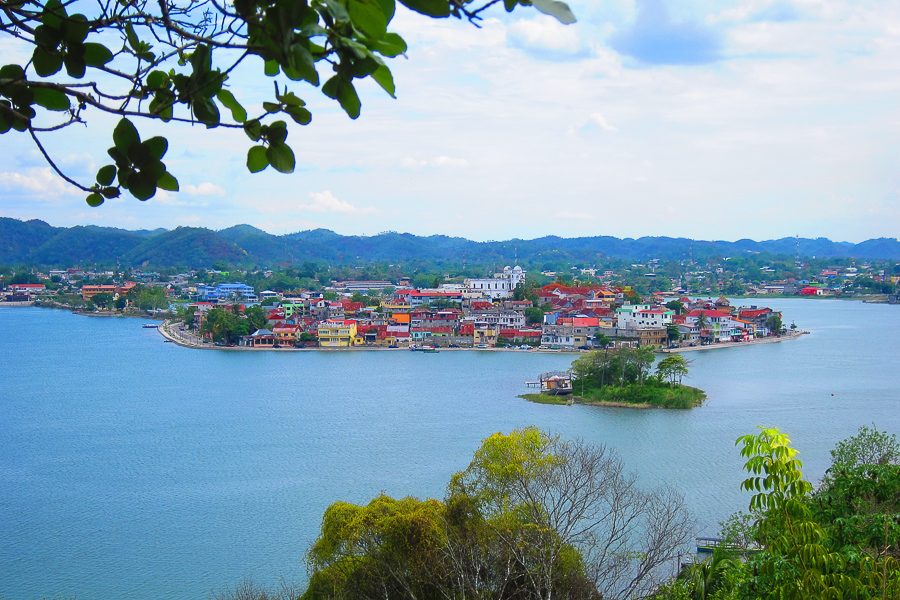
Welcome To The Jungle
I decided to spread this potential day trip out over the course of 2 days. I splurge and spend the night at The Jungle Lodge Hotel located directly inside the park.
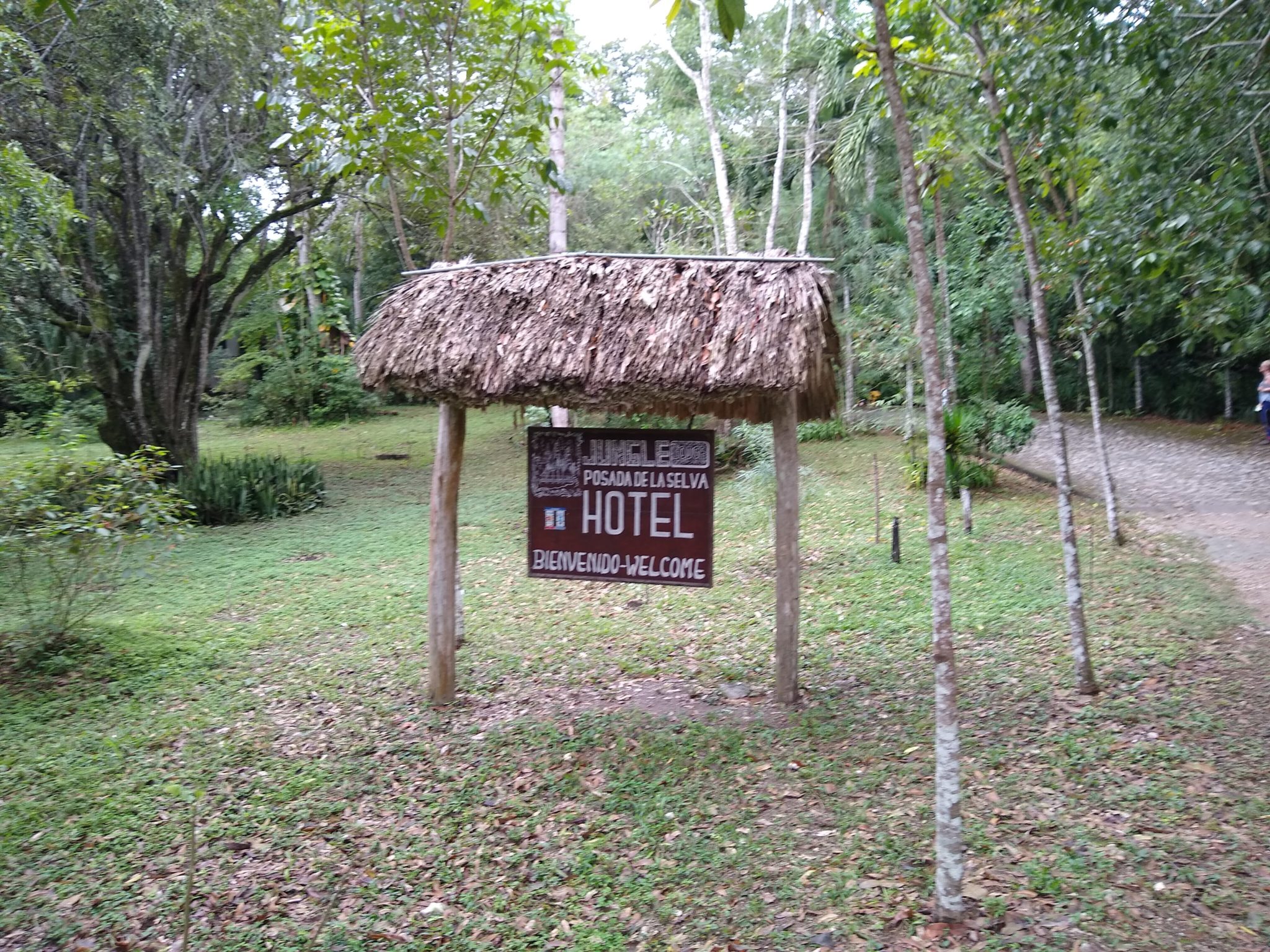
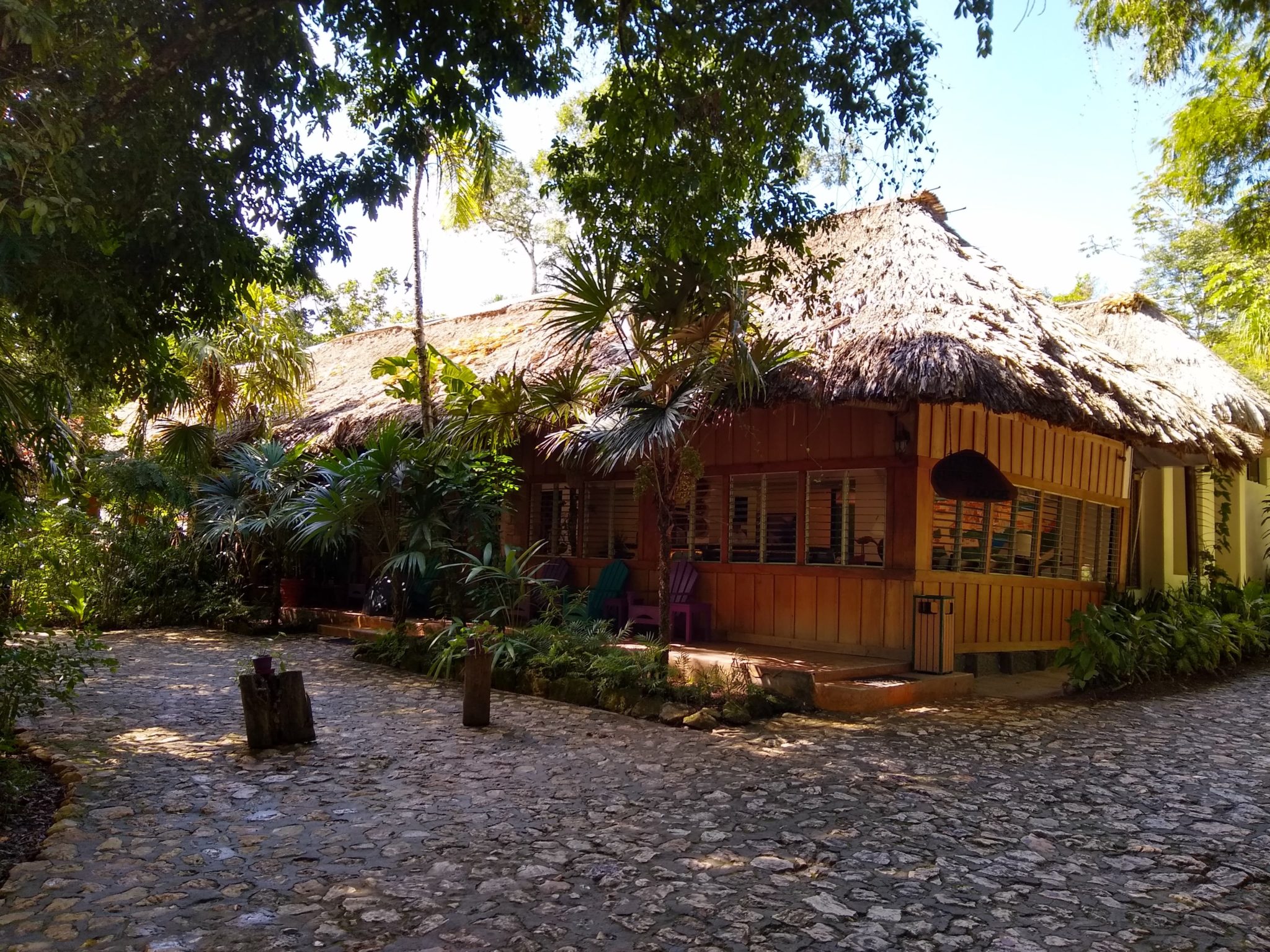
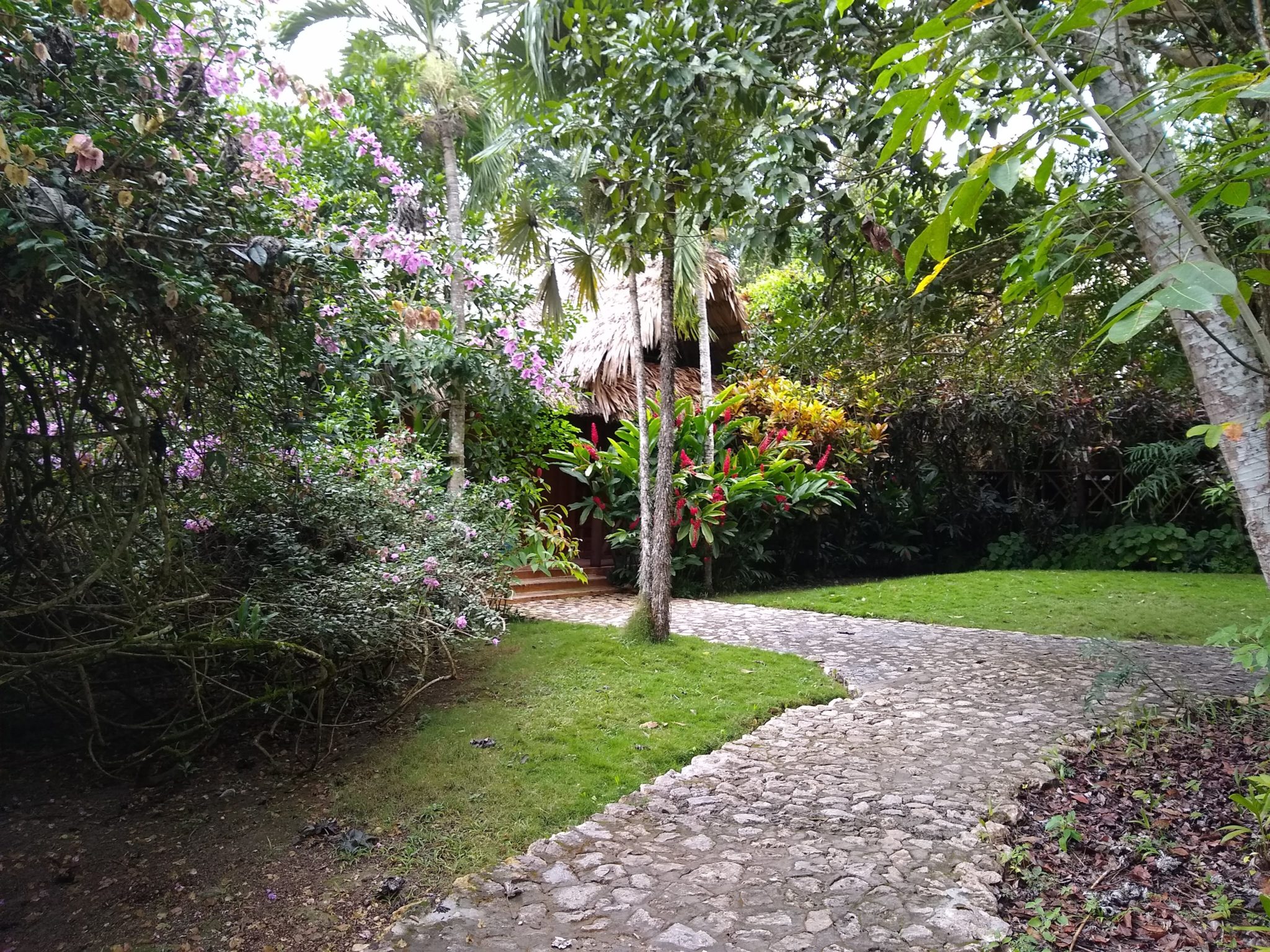
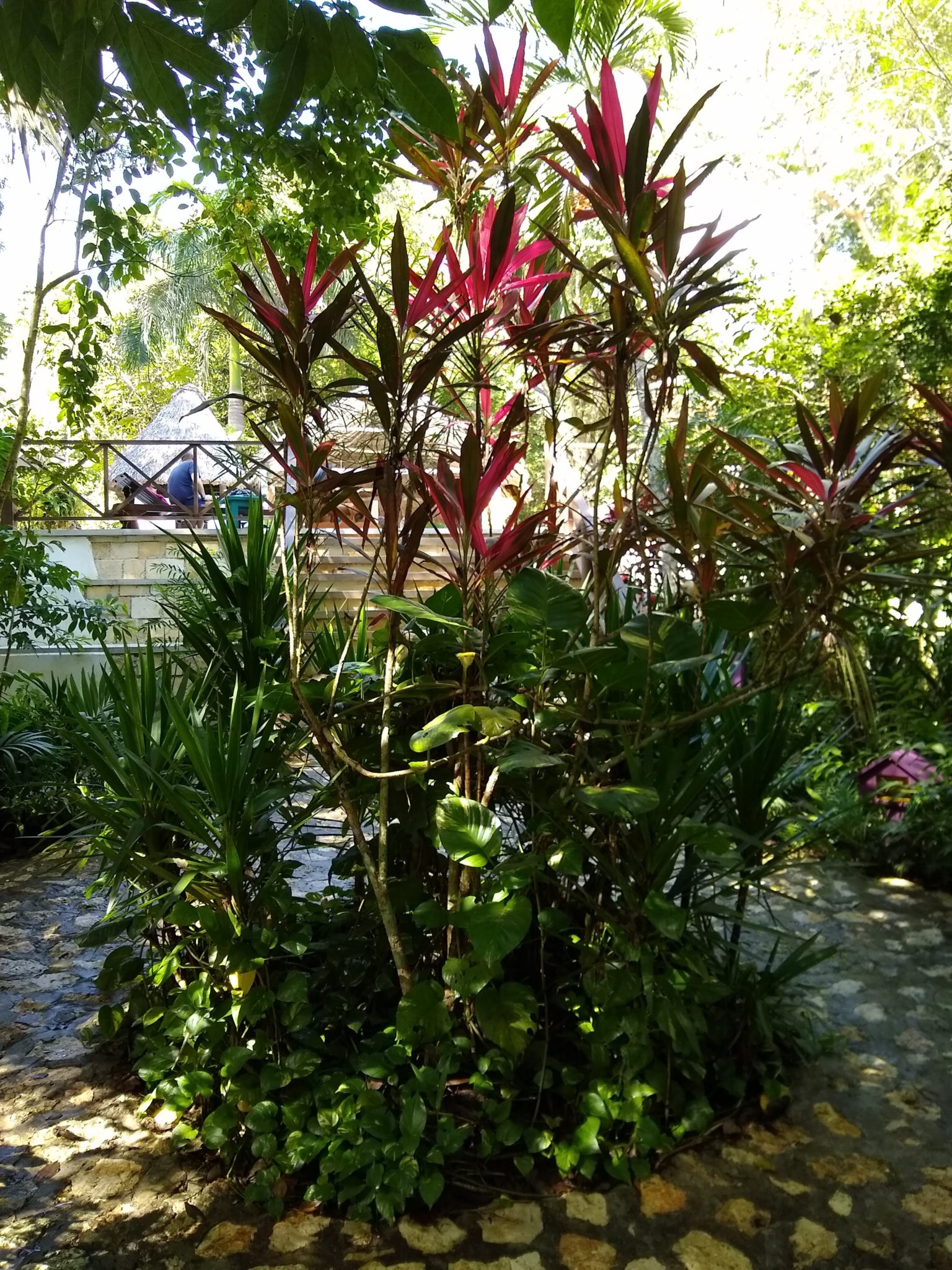
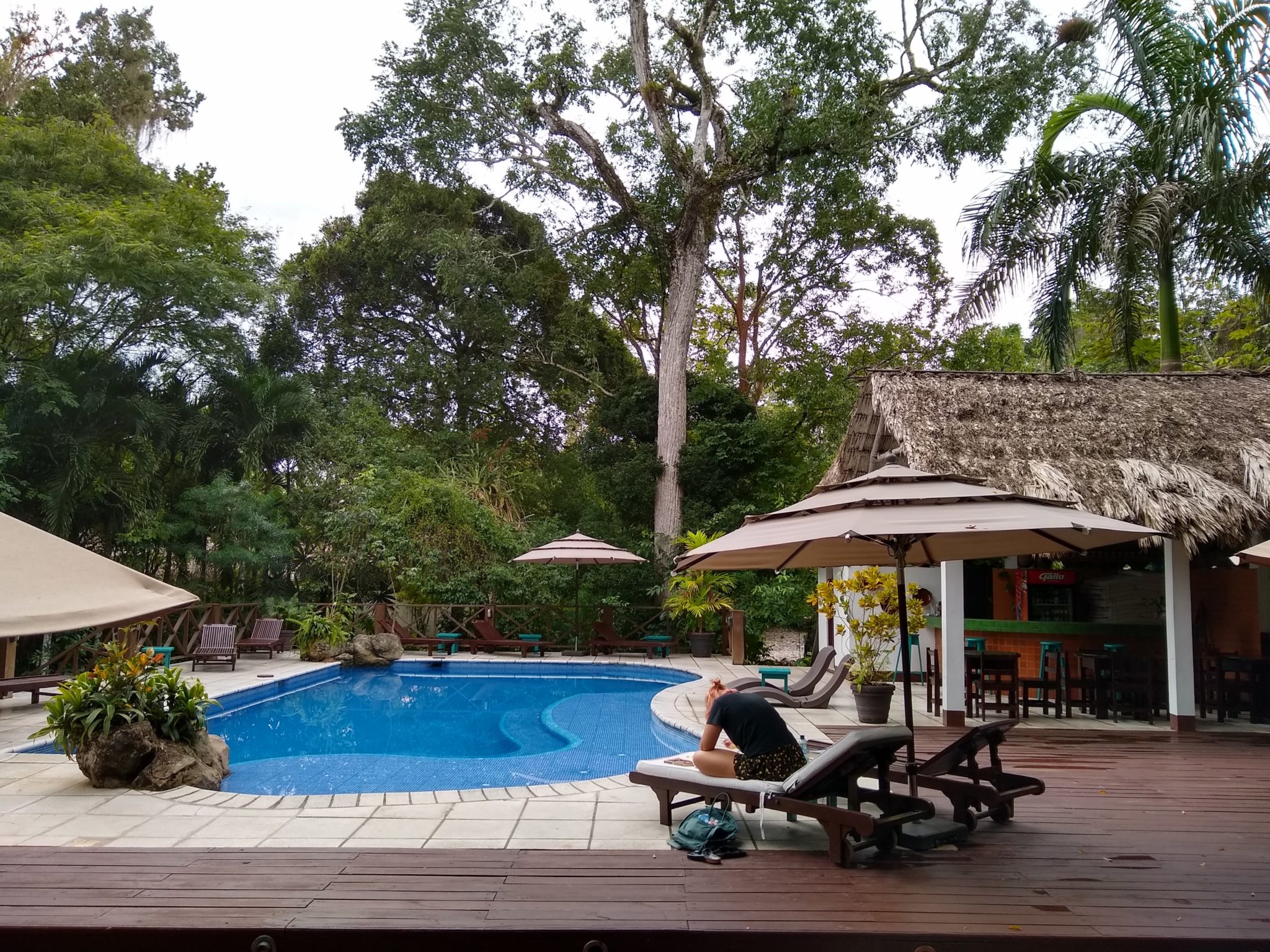
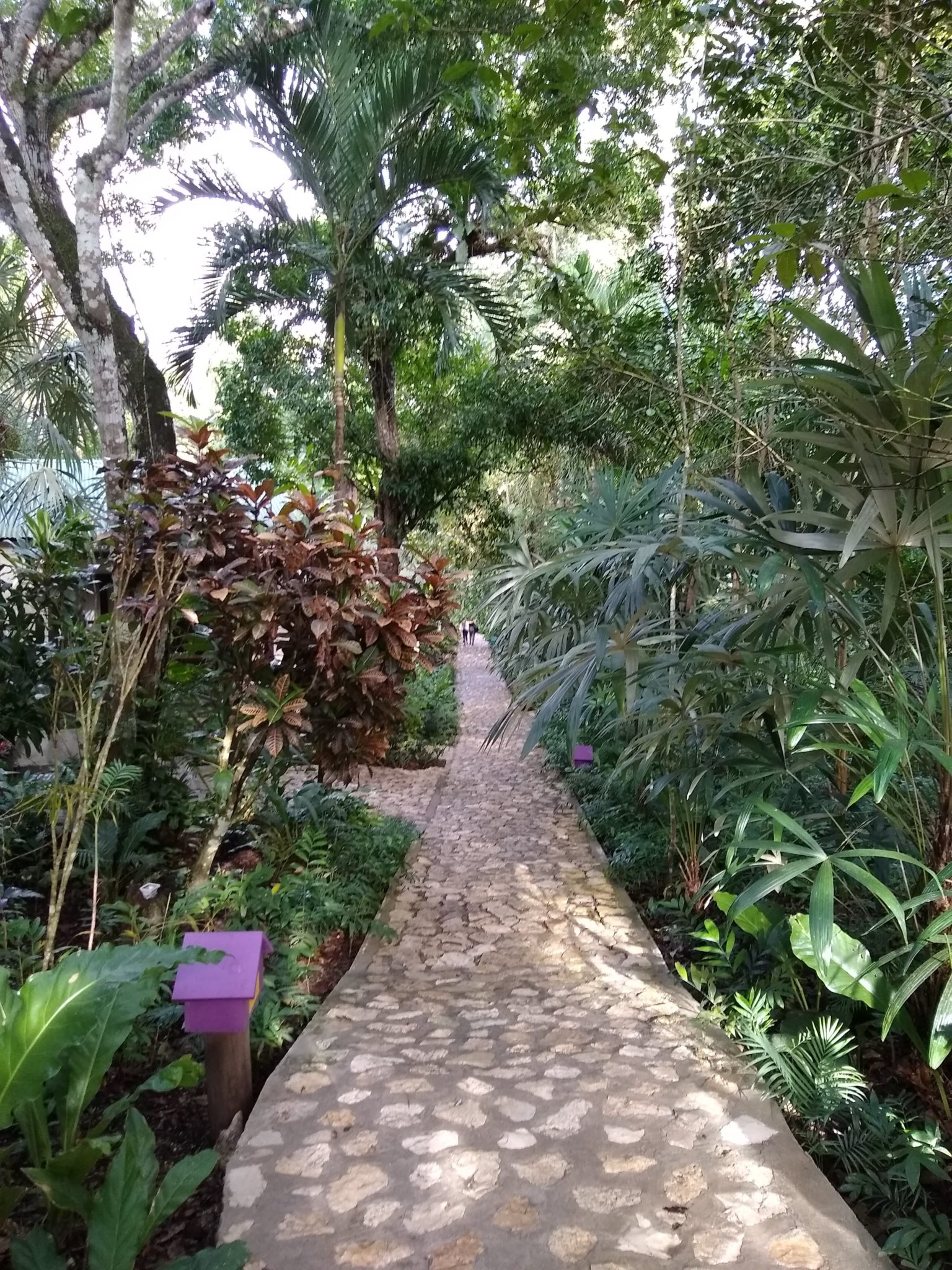
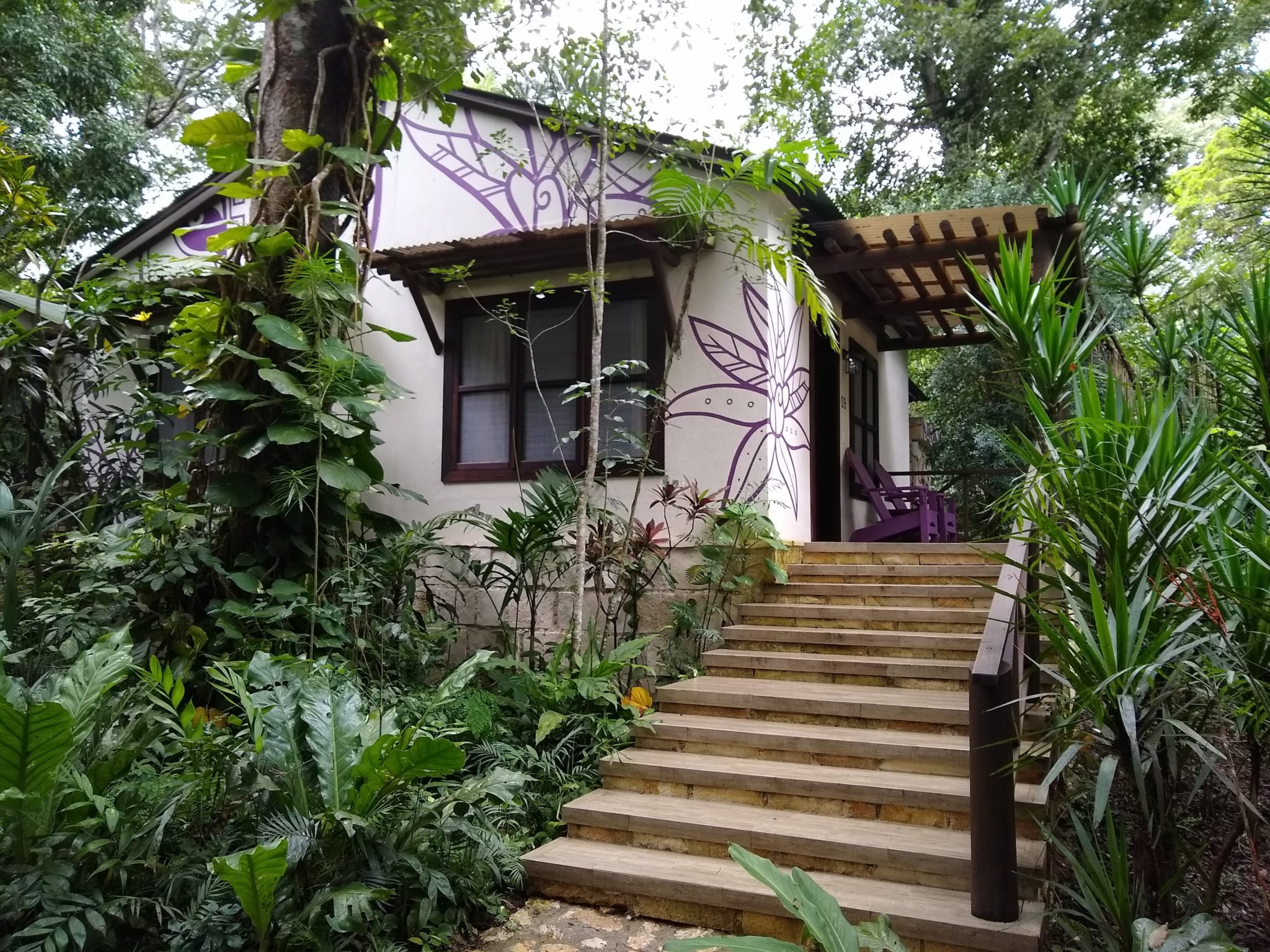
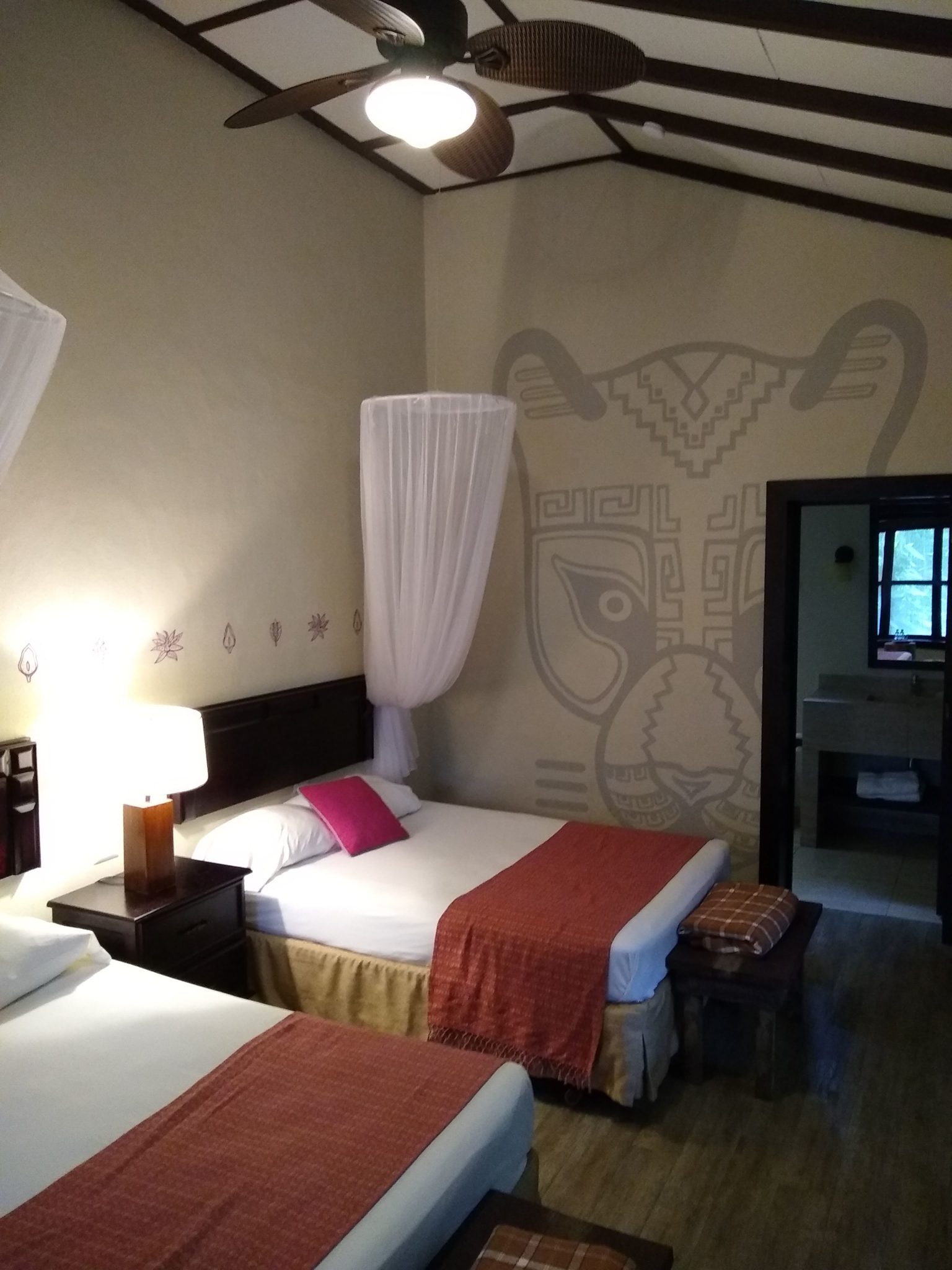
Fortunately, it has been rainy and cooler the last few days. My night at The Jungle Lodge was a cool and sticky 70 degrees. That was definitely a new sensation. I do believe it’s better than the alternative as I’m not sure I’d want to be here when it’s 100 degrees.
I settle in for the night and research how best to explore Tikal. The park doesn’t officially open until 6am, however popular guided sunrise tours are available starting at 4 am. Given the forecast calls for early clouds and some potential for rain I decide to skip the sunrise tour.
I could hire a guide, but much prefer to move at my own pace. Especially at a place as large as this.
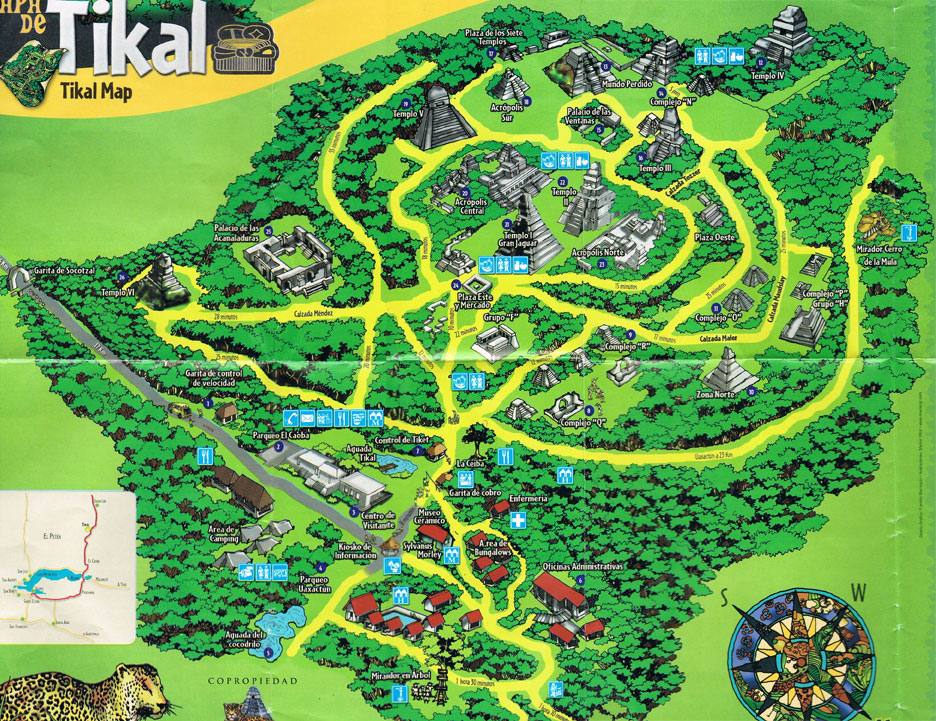
Instead – I opt for Plan C. During my research, I stumbled across the Tikal Audio Guide app. Not only can it assist me with navigating through the park, but it will also highlight notable landmarks along the way to supplement my self-guided tour with pictures and informational audio.
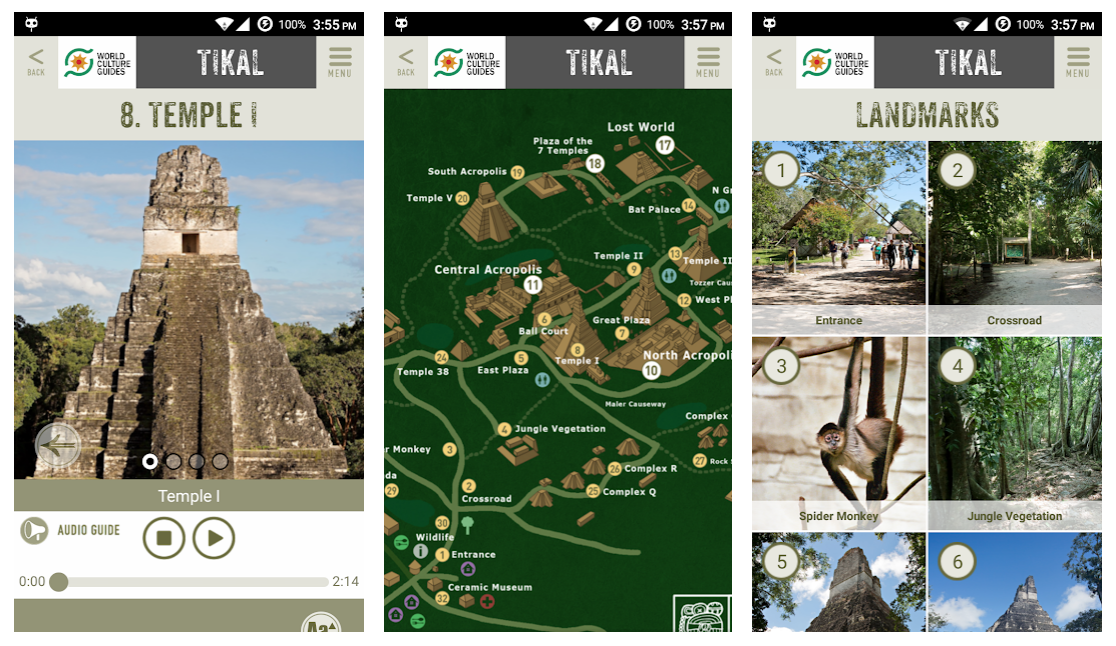
Road To Ruins
Tikal was once one of the largest and most powerful sites of the ancient Maya. Dating back as early as the 4th century BC, Tikal reached its peak during the period between 200 to 900 AD.
6 AM – The Jungle Is Alive!
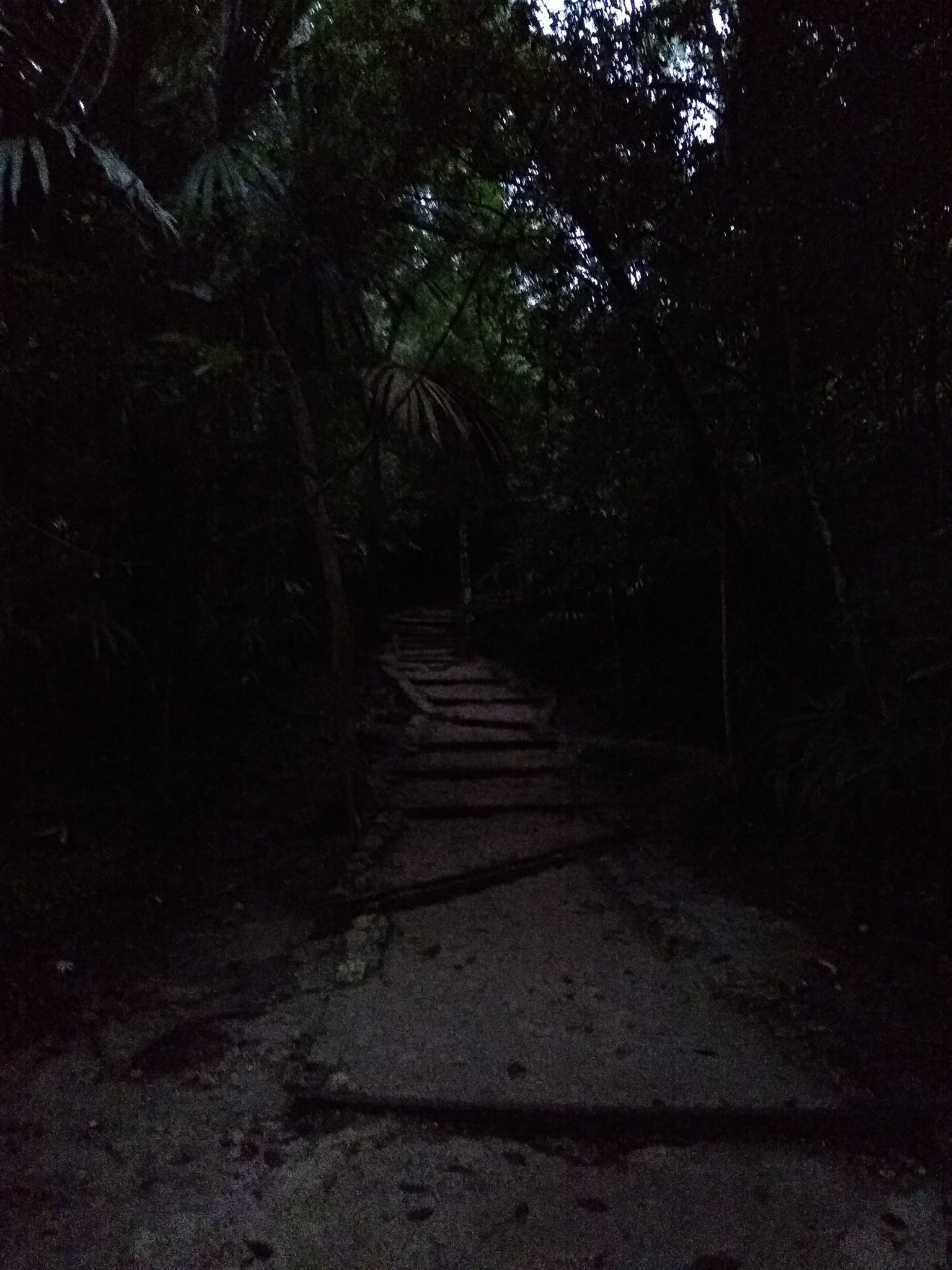
After finding cover from a brief rain shower, a misty and damp morning slowly gives way to the sun. I spend the next 4 hours walking the grounds, and seeing some wildlife along the way.
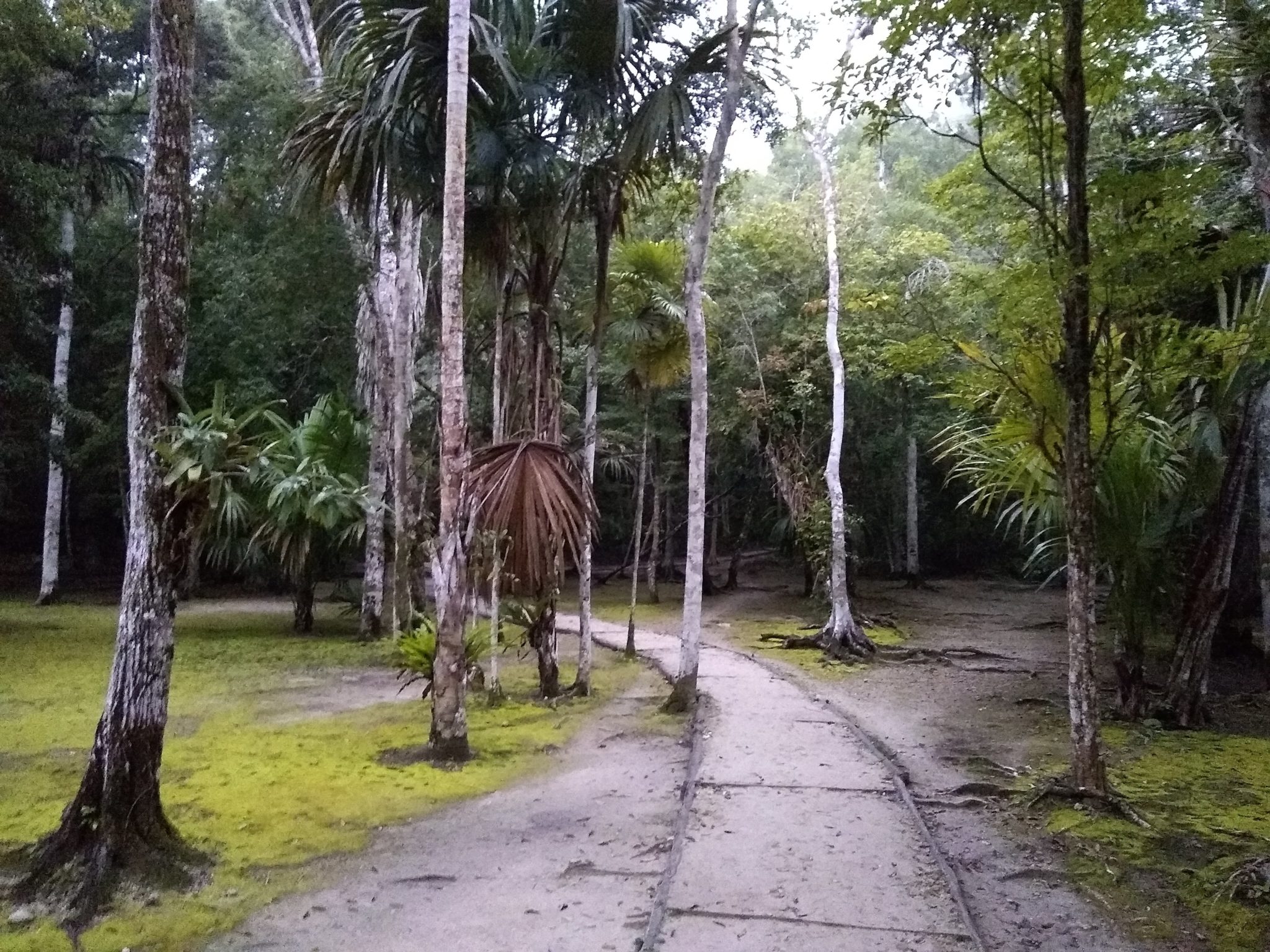
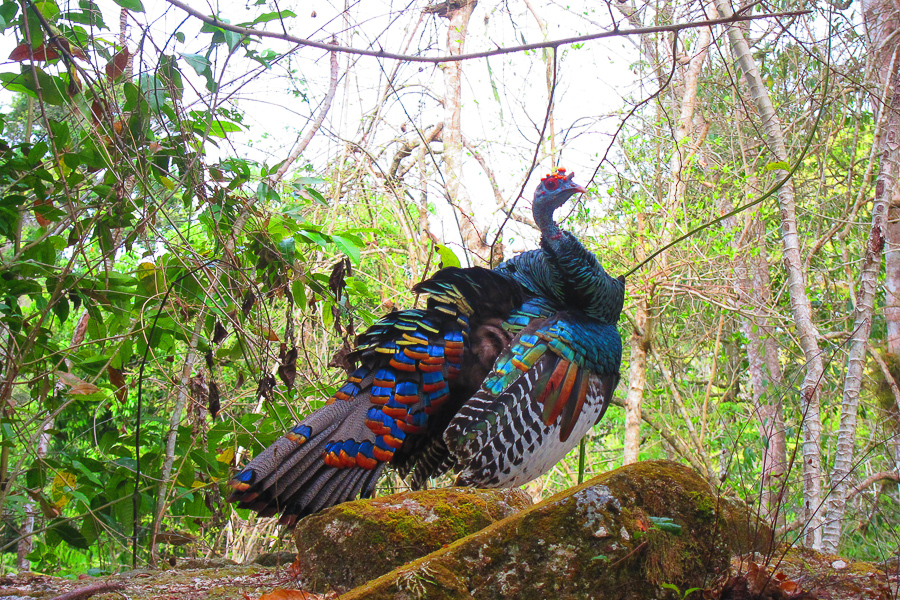
Ocellated Turkey
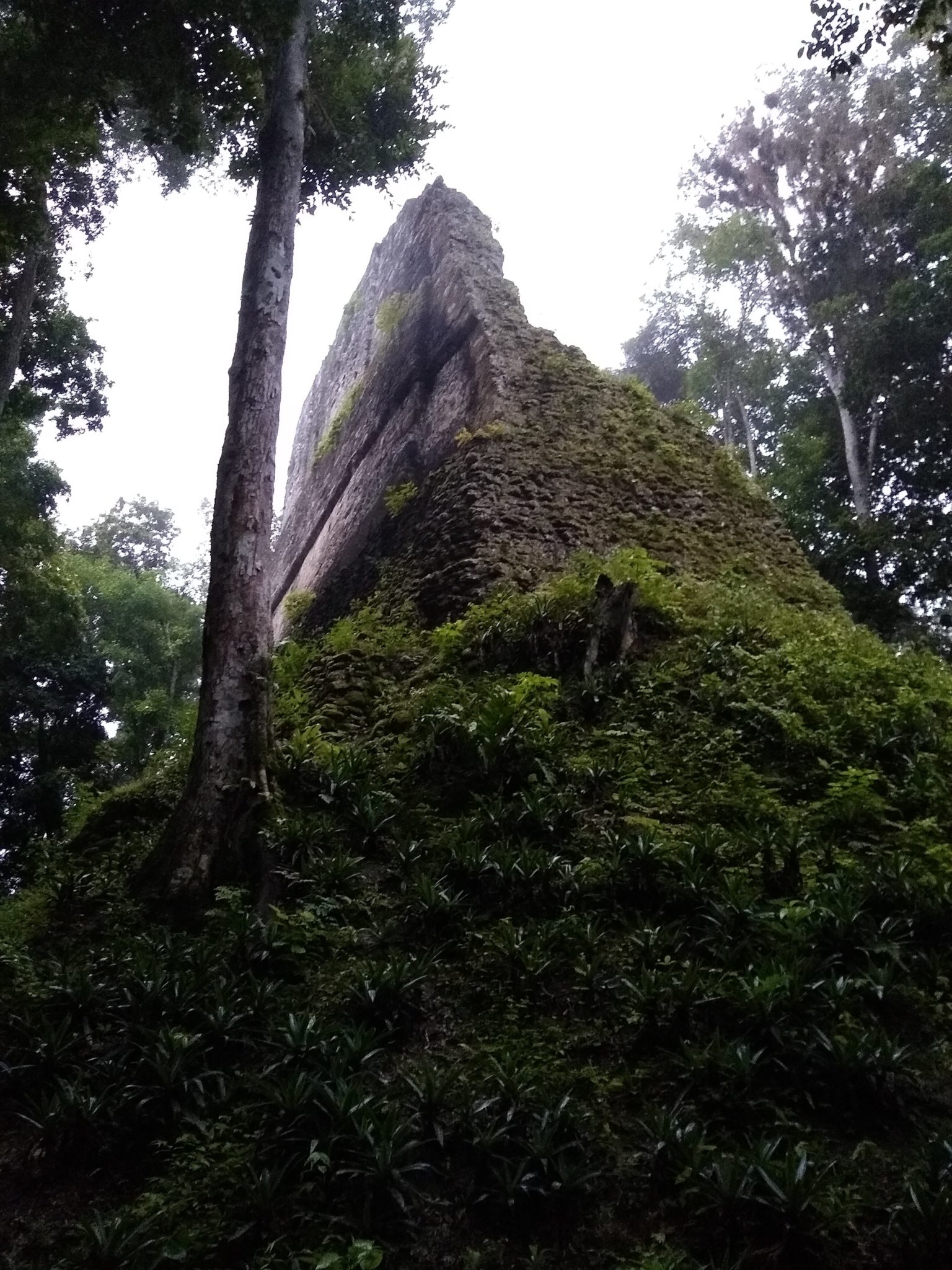
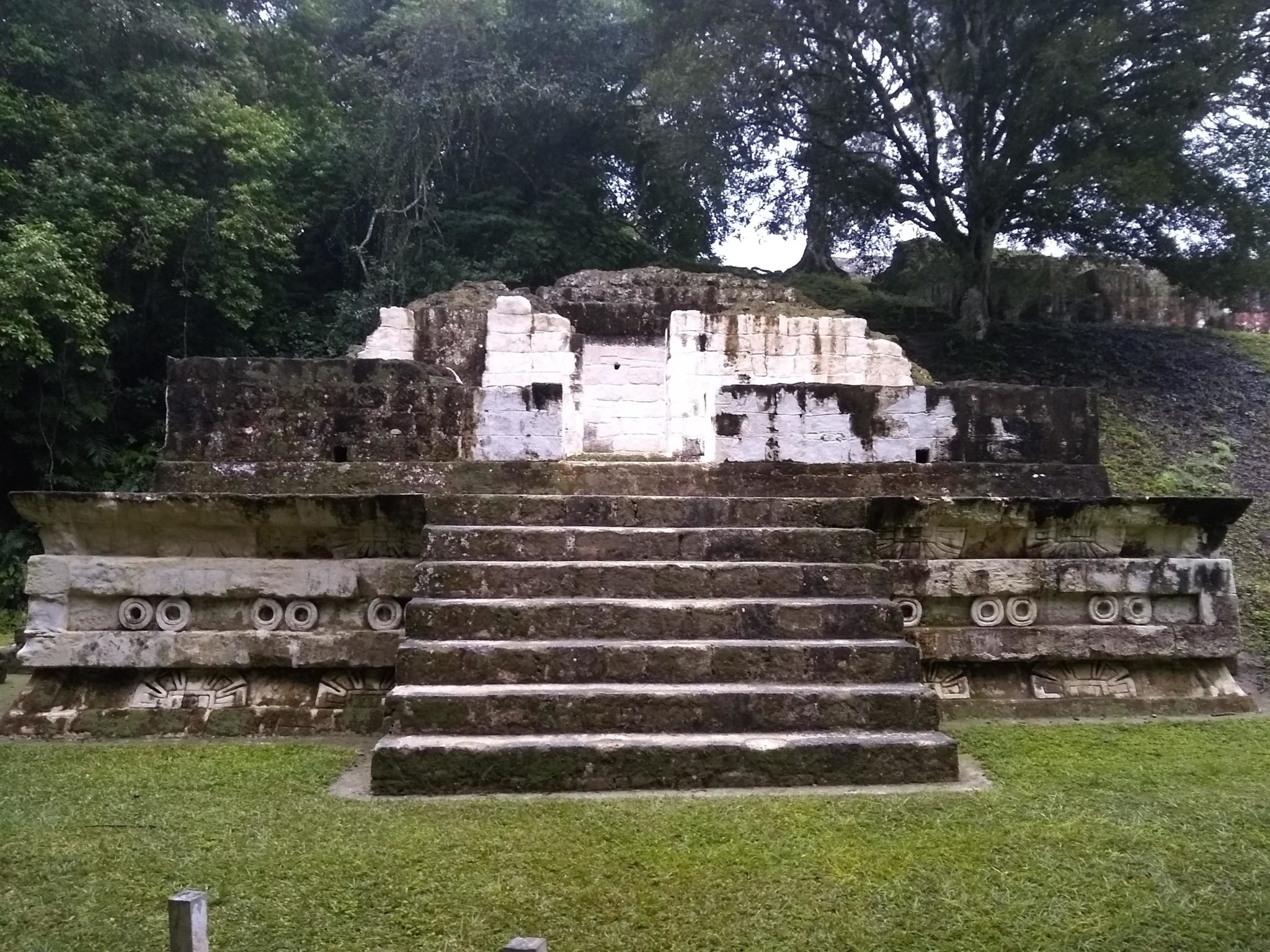
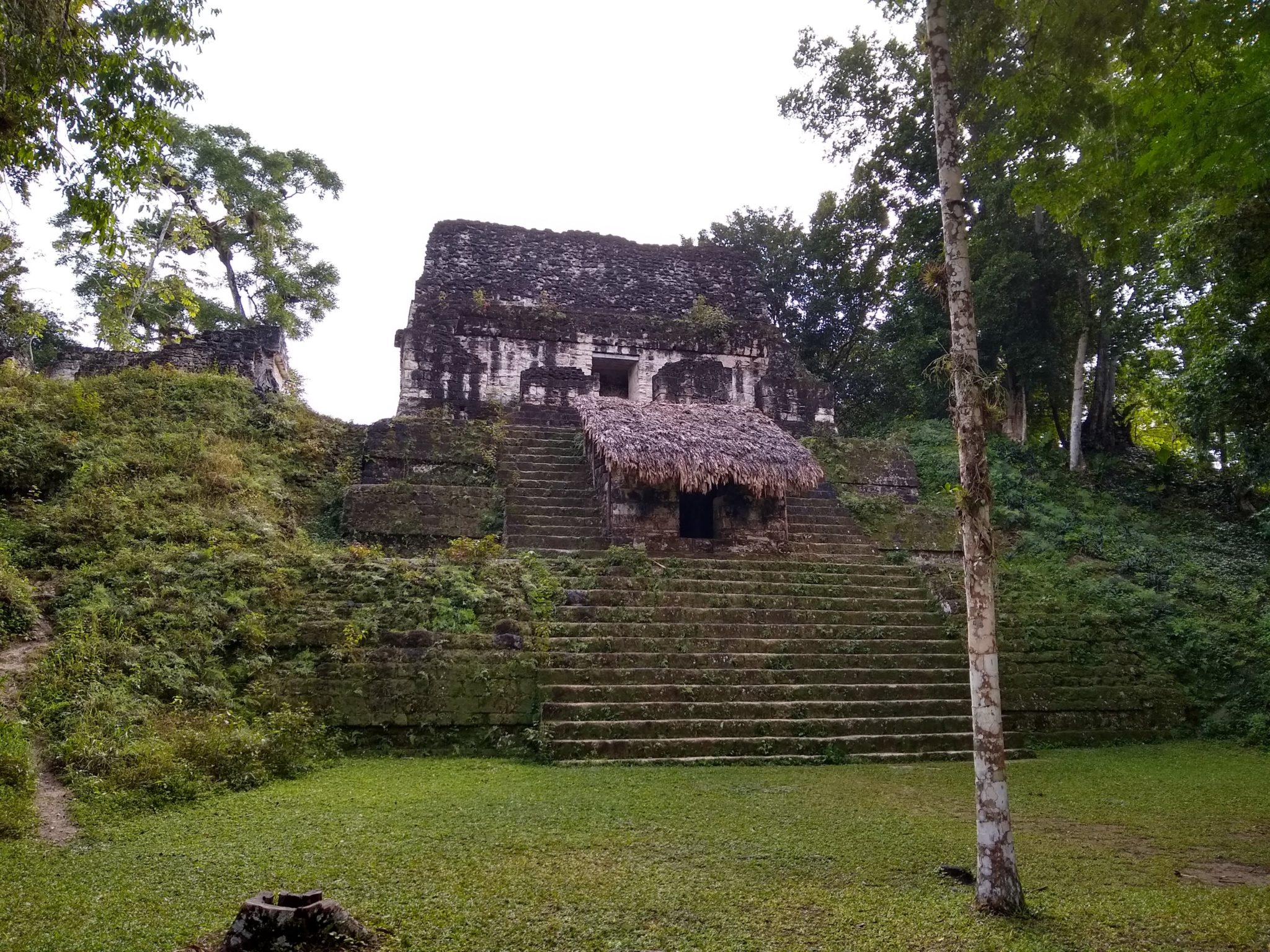
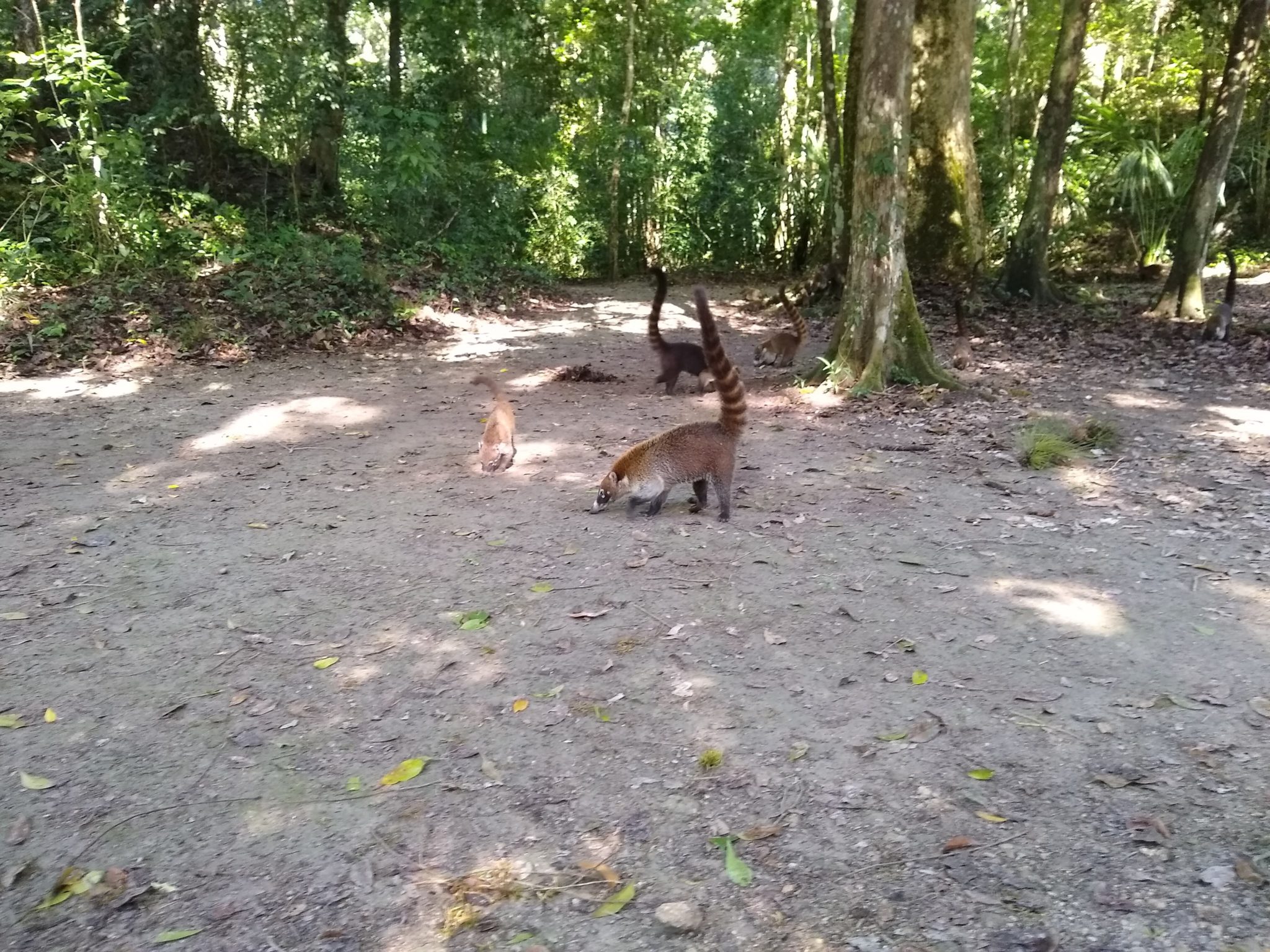
White-nosed Coati
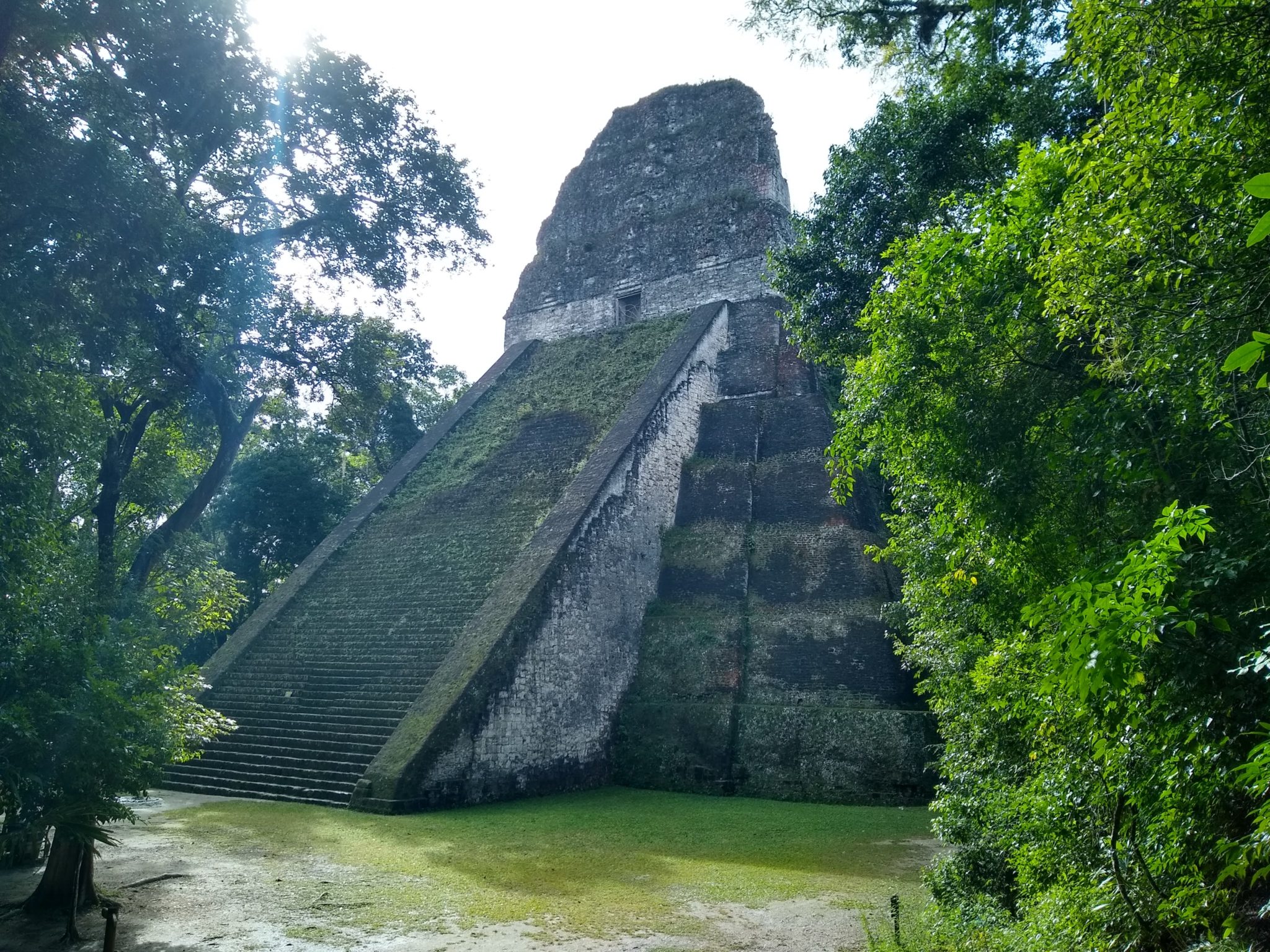
Temple V
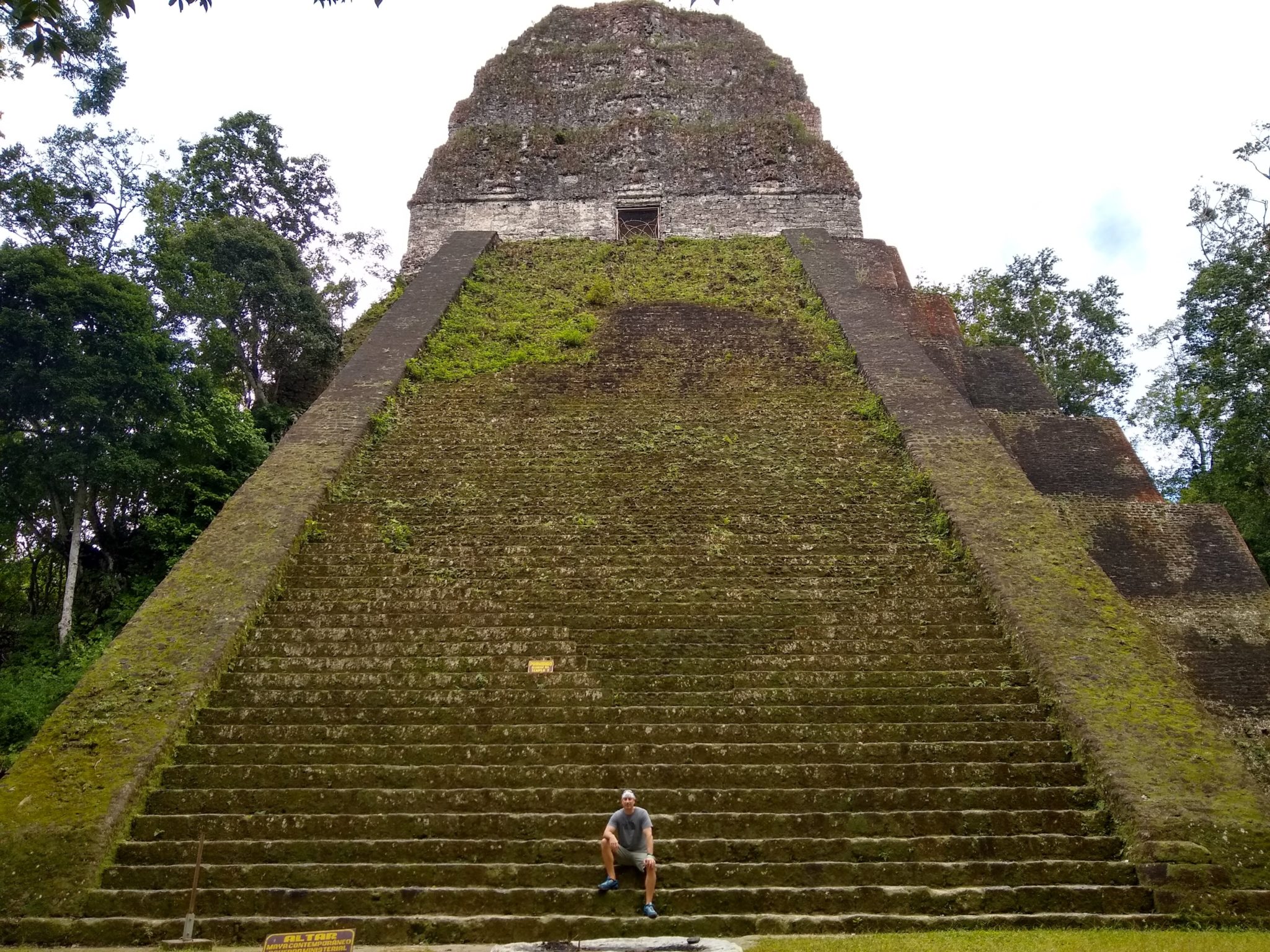
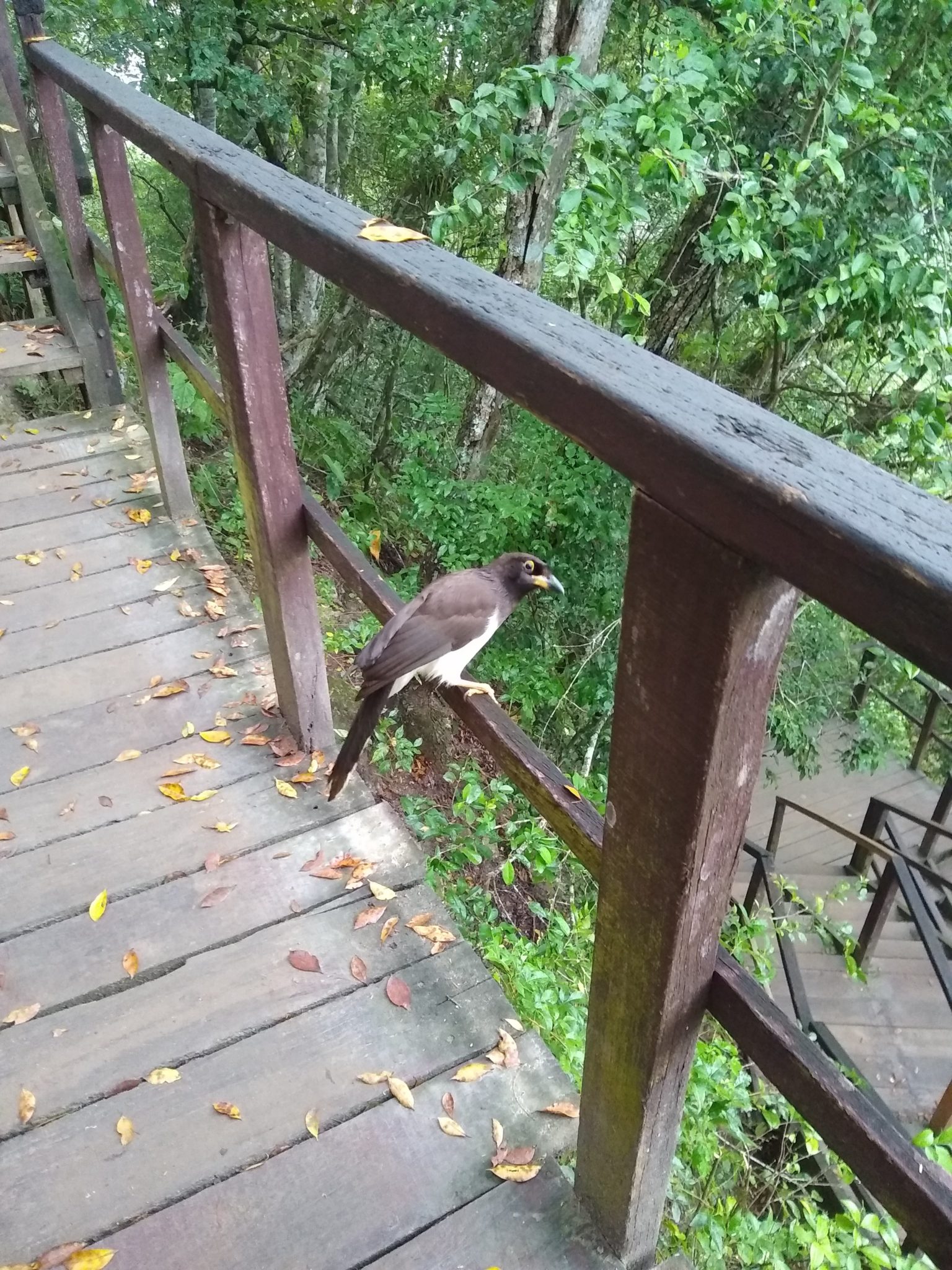
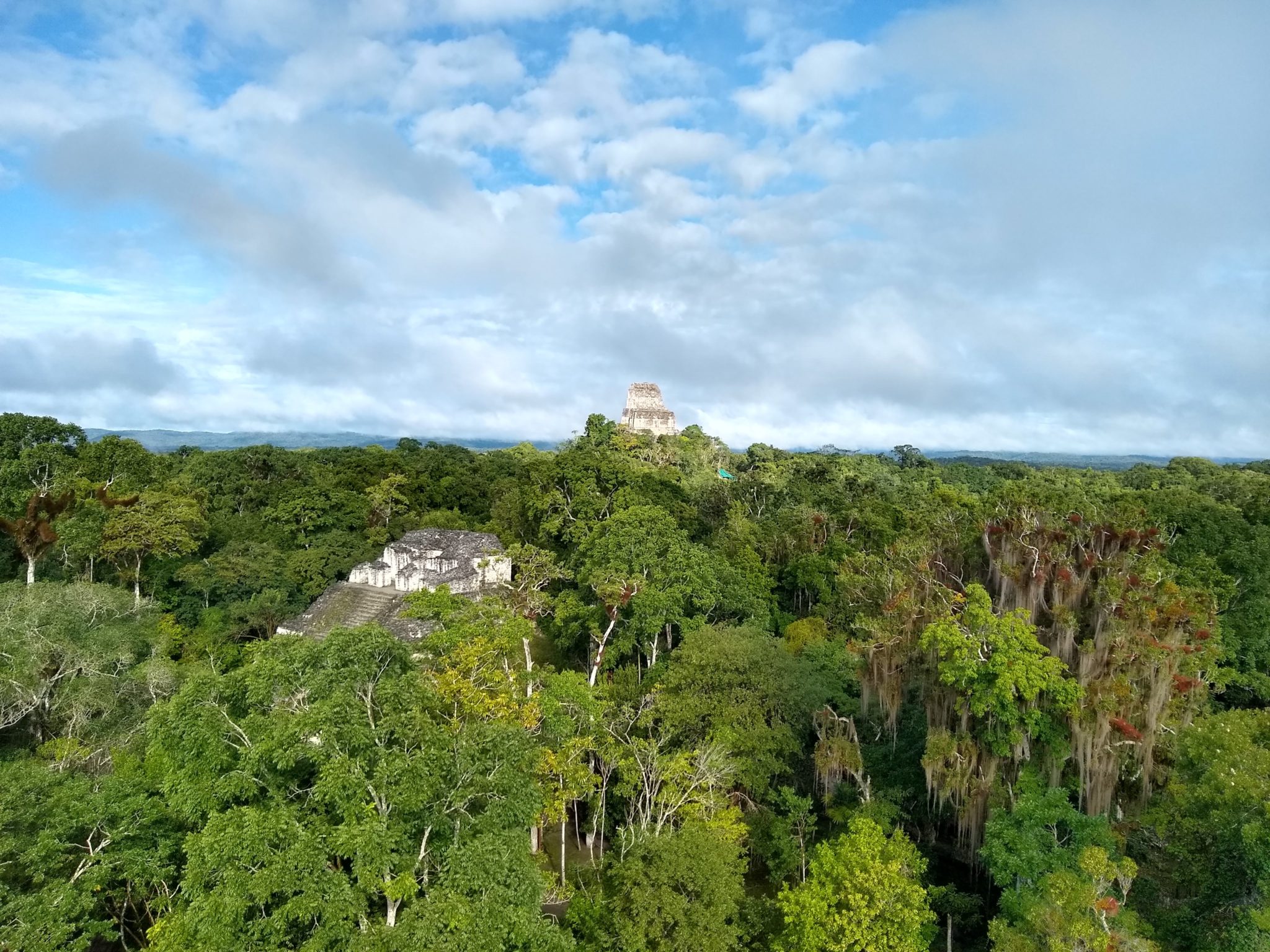
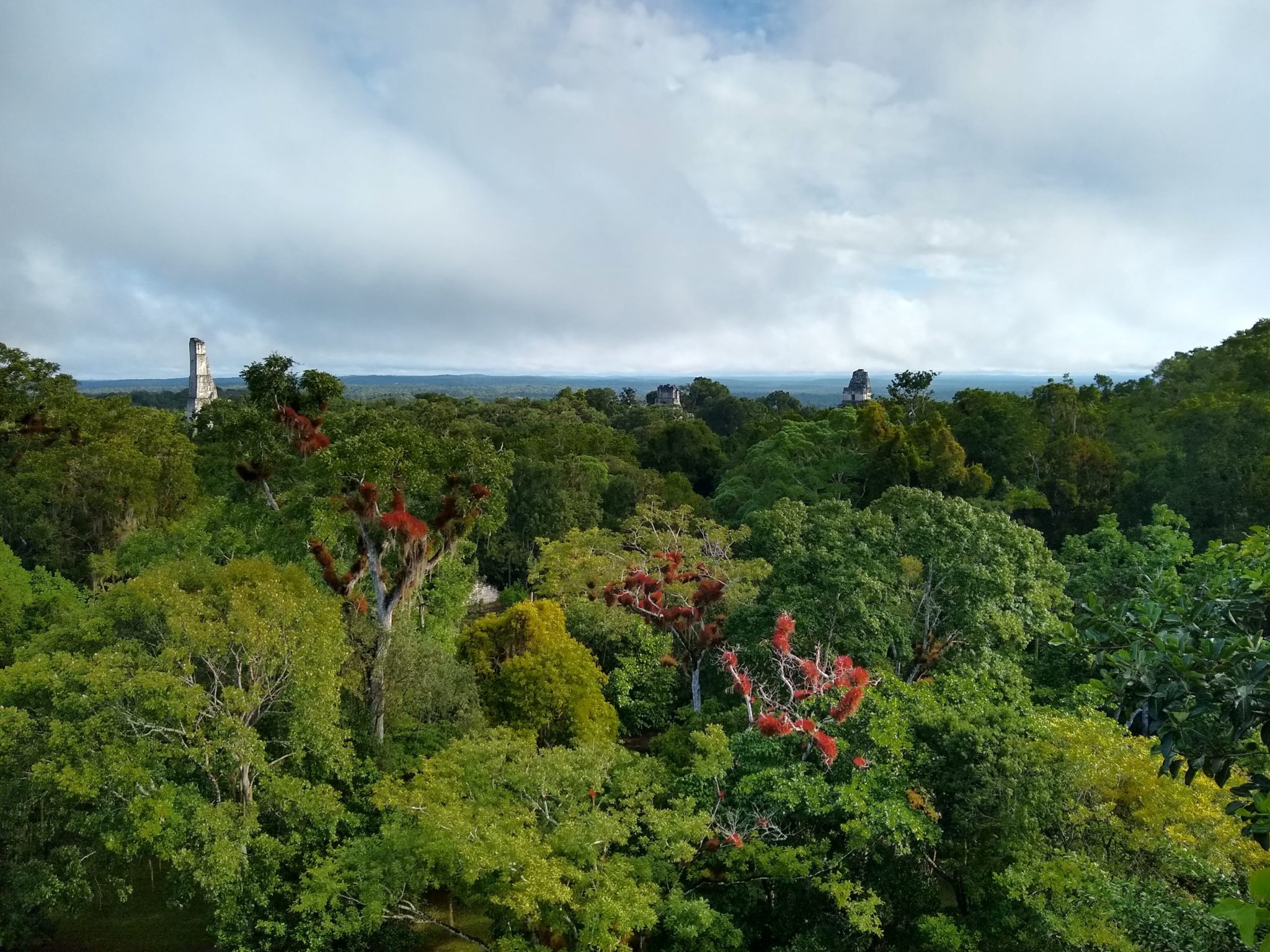
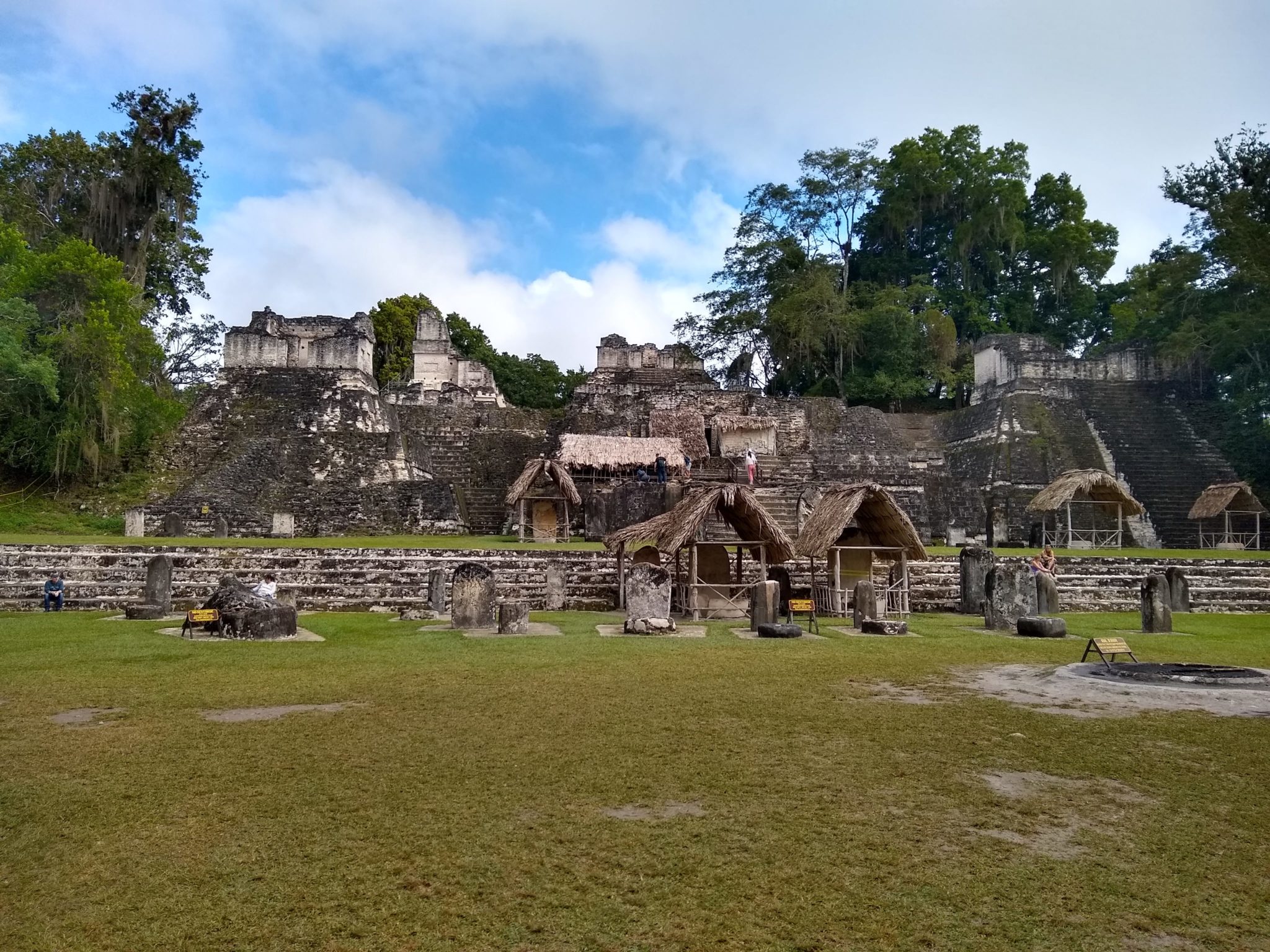
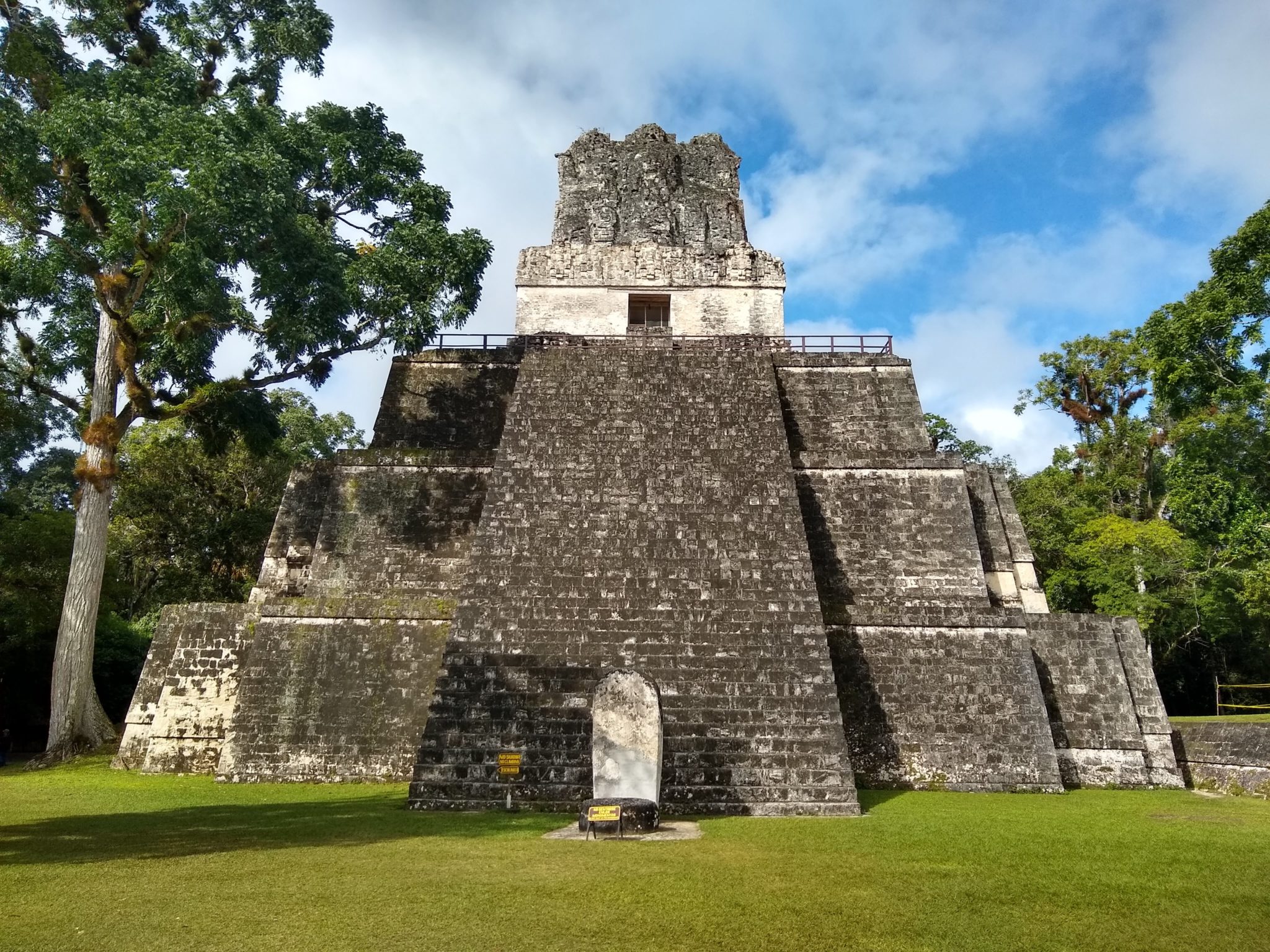
Temple II
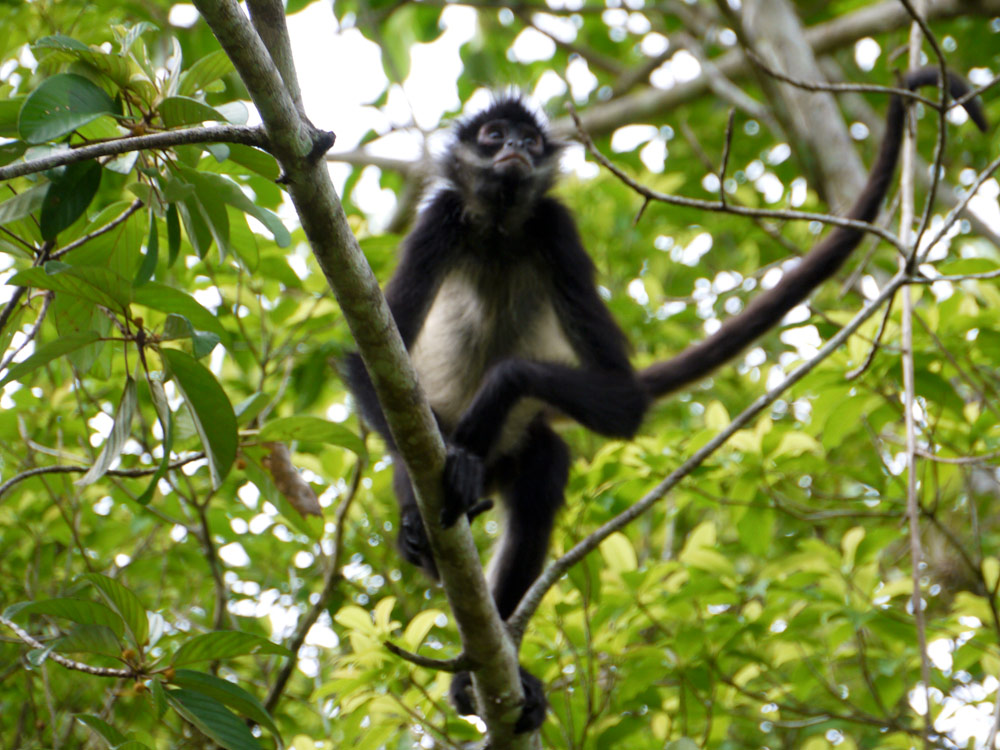
Spider Monkey

Temple I
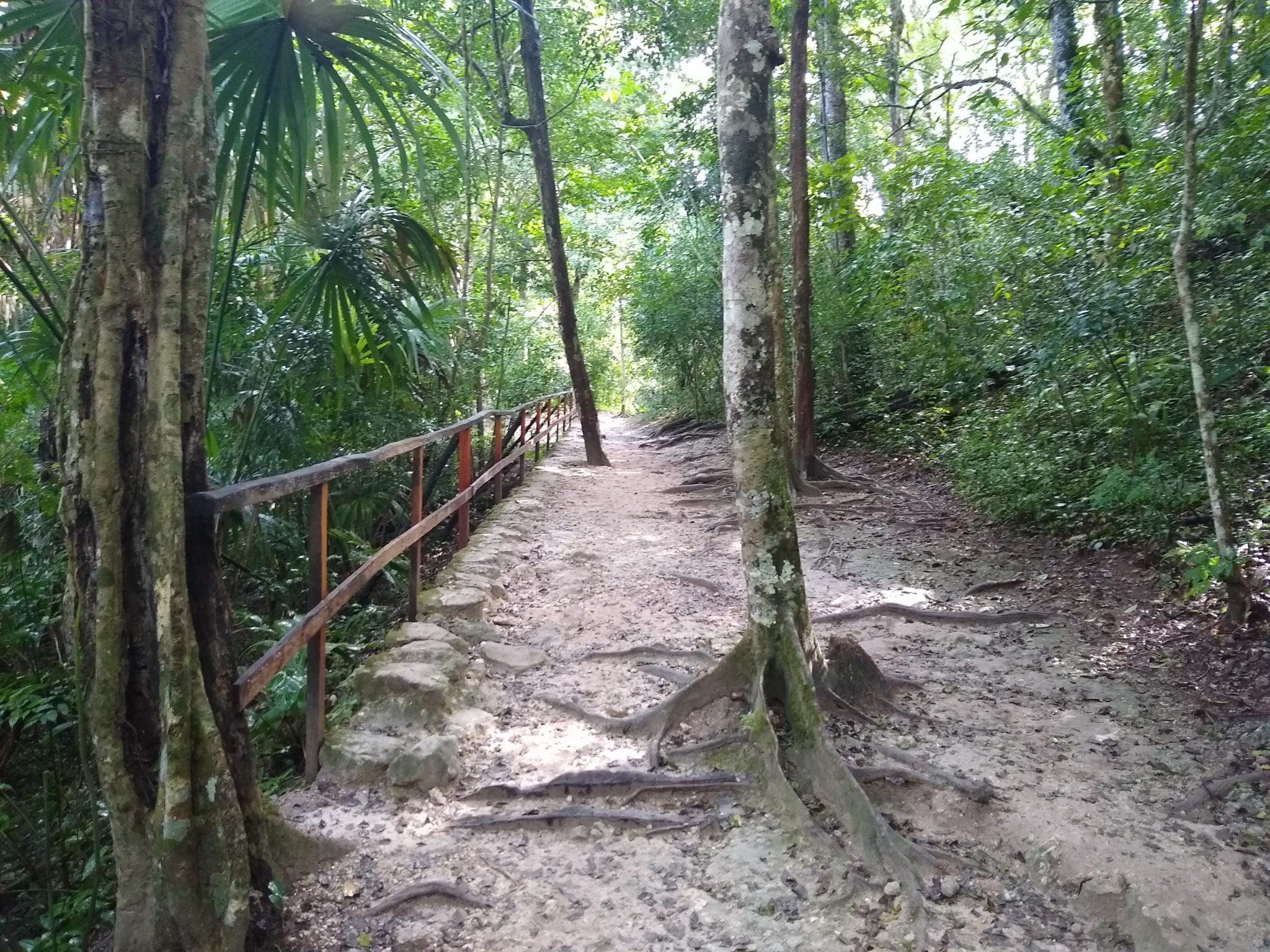
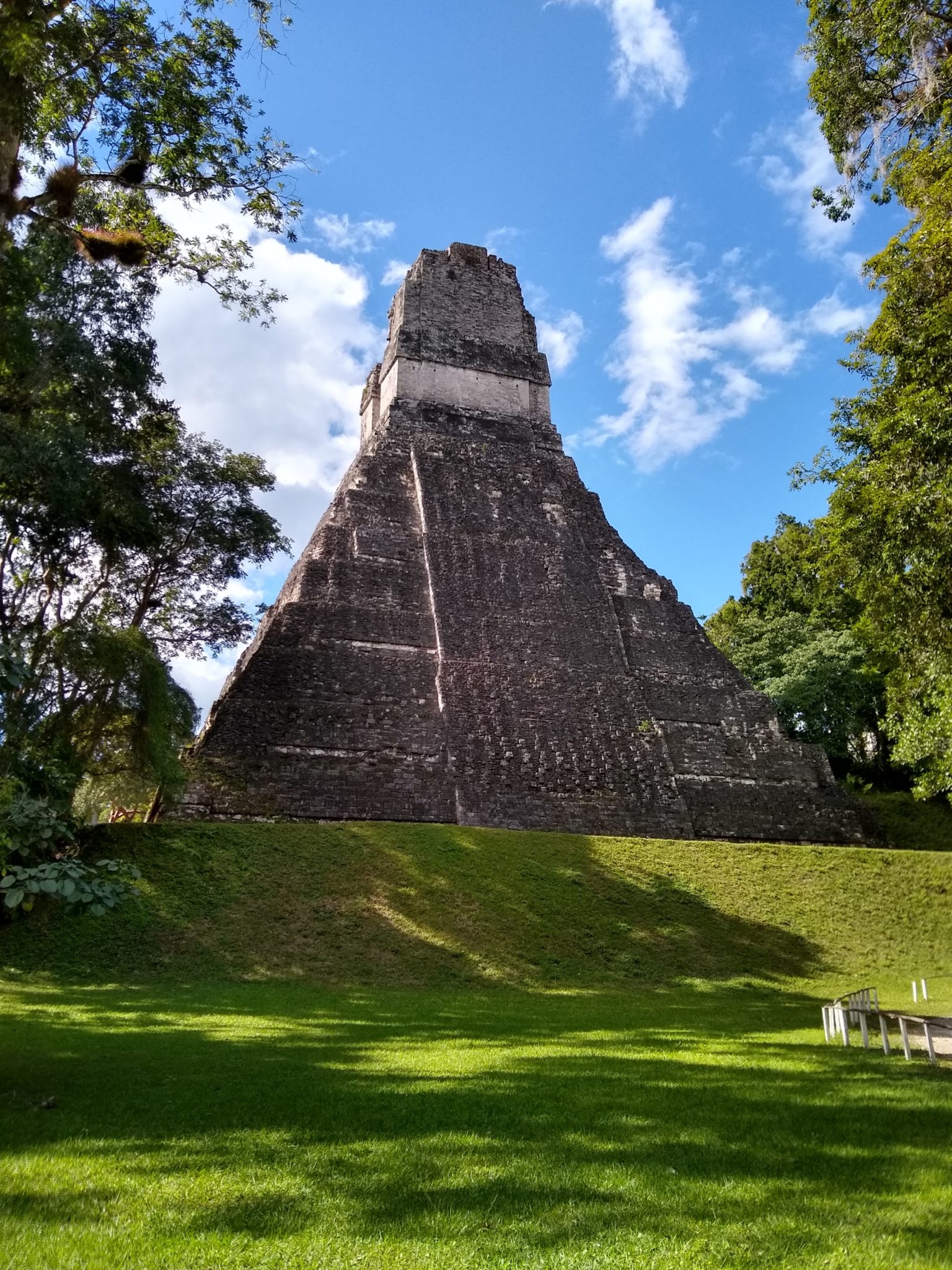
Temple III
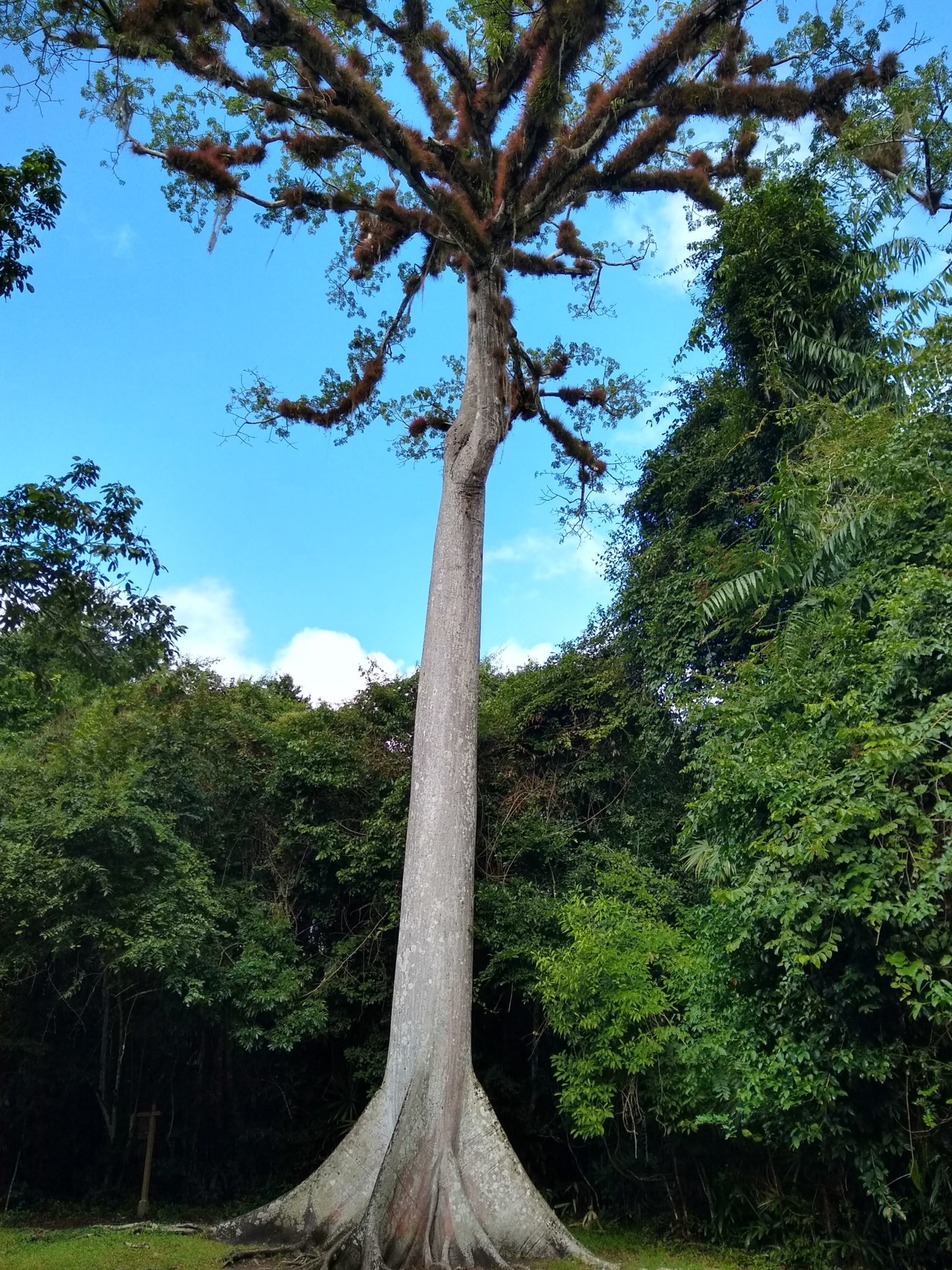
Giant Ceiba Tree
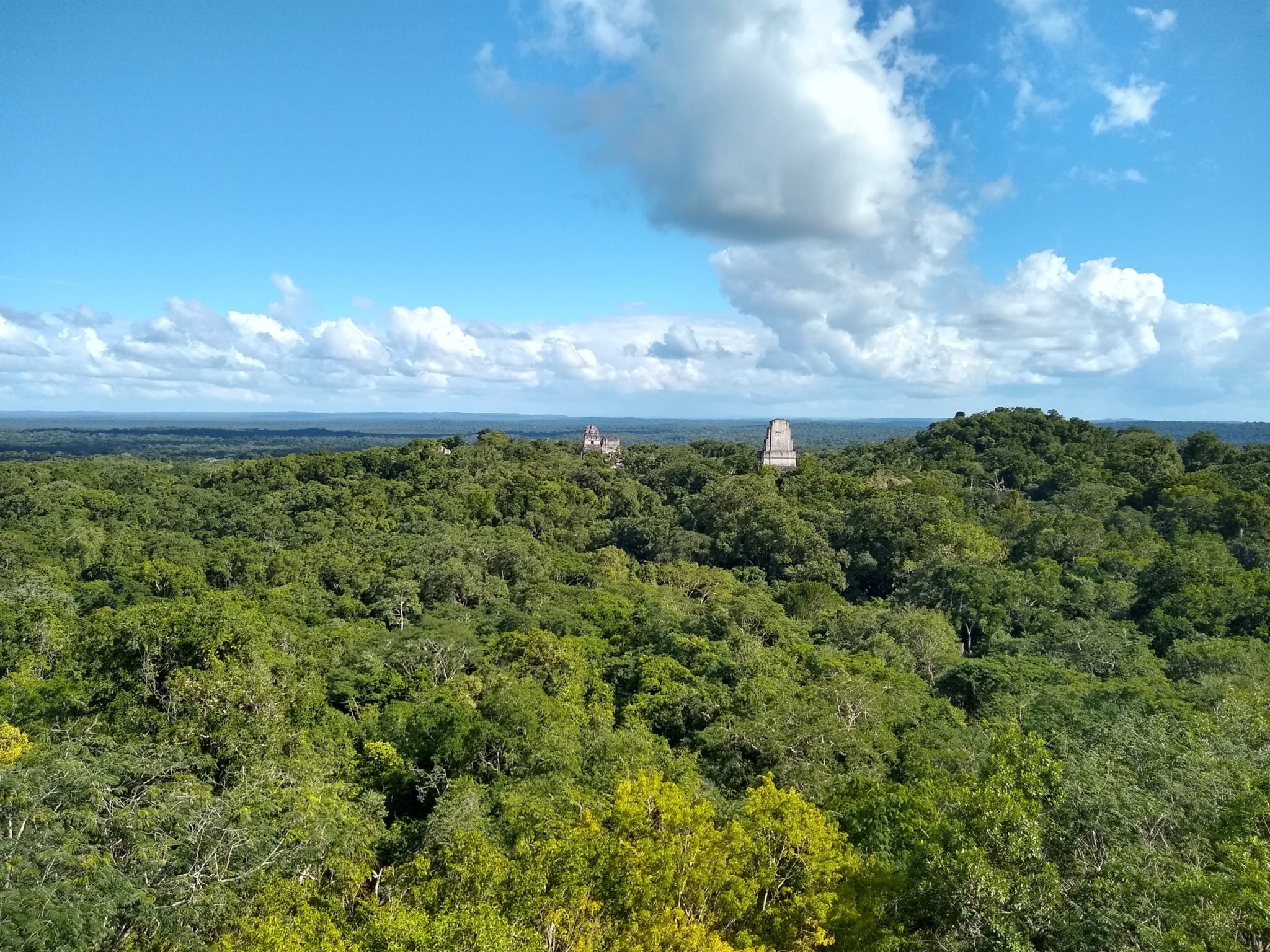
Star Wars fans may recognize this view
I trek back to the lodge to grab lunch. After I rest up a little, I head back out into the steamy afternoon sun. Unlike the morning where I felt I had the place to myself, it’s crowded now. Not wanting to fight the crowds, I take a few more photos I couldn’t get in the morning and call it a day.
Walking around Tikal National Park today was educational. It’s difficult to comprehend or even interpret what happened here and how the ancient Maya lived. It’s a beautiful place that is still somewhat shrouded in mystery.
As recent as 1200 years ago, the Maya were a powerful and thriving civilization. Tikal was flourishing, then later abandoned. Today, all that we know about their existence is told to us through the stories of these ruins.
In relation to the history of the universe, 1200 years is a snap of the fingers. It makes me wonder – 1200 years from now, how will our stories be interpreted?
